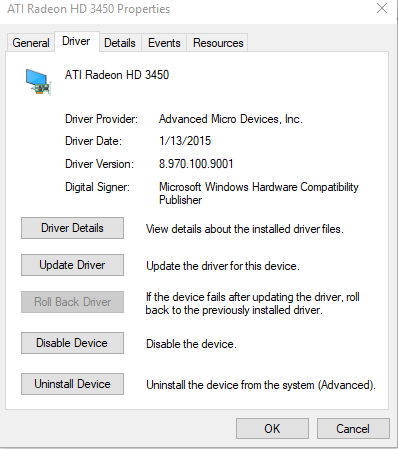

64-bit floating point HDR rendering supported throughout the pipeline.Complete feature set also supported in OpenGL 2.0._ o High quality 2:1 compression for luminance maps and single-channel data formats _ o High quality 4:1 compression for normal maps and two-channel data formats Dedicated texture address units for improved efficiency.Dedicated branch execution units for high performance dynamic branching and flow control.Full speed 128-bit floating point processing for all shader operations.Support for Microsoft DirectX 9.0 Shader Model 3.0 programmable vertex and pixel shaders in hardware.Z/stencil cache optimized for real-time shadow rendering.Hierarchical Z-buffer with Early Z test.Fully associative texture, color, and Z/stencil cache designs.Programmable intelligent arbitration logic.256-bit internal ring bus for memory reads.128-bit 4-channel DDR/DDR2/GDDR3/GDDR4 memory interface.157 million transistors on 90nm fabrication process.Read on for our quick-take on ATI's new mainstream mobile GPU. You may be surprised by what you see. The experience turned out to be quite enjoyable. We recently met with ATI in NYC to take the Mobility Radeon X1600 for a spin using a brand new notebook from Asus, the A7G. As its name implies, the Mobility Radeon X1600 is a mobile variant of the 12-pipe Radeon X1600. Today the company is introducing yet another new product, the Mobility Radeon X1600. It seems the company is doing all it can to keep the folks talking about ATI as we head into the holiday buying season. Not to mention a handful of other products we can't tell you about just yet.

Since late September / early October of this year, we've been presented with Radeon X850 CrossFire and requisite CrossFire capable dual-PEG slot motherboards to go along with it, a whole series of products based on the new X1K family of GPUs, and most recently the All-In-Wonder Radeon X1800 XL. ATI has been on tear the past few months, releasing a number of new and interesting products.


 0 kommentar(er)
0 kommentar(er)
